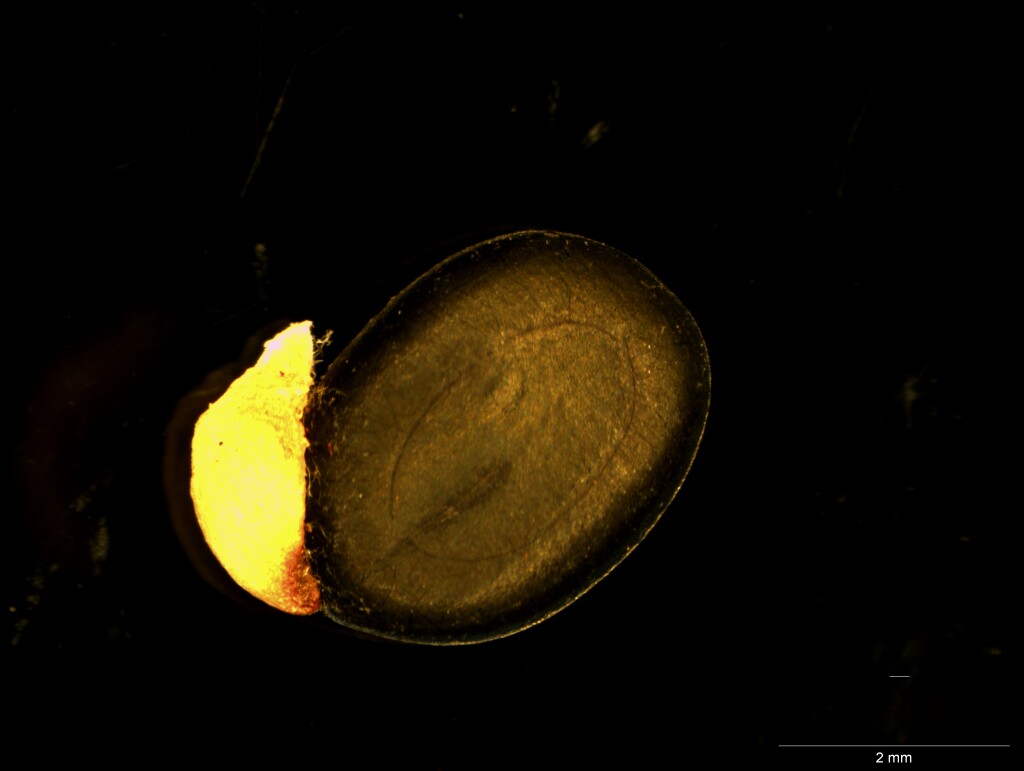Acacia provincialis
A.Camus WirildaBushy or more or less open shrub or tree, 6–8 m high; bark smooth, grey; branchlets often pendulous, angled or flattened, often pruinose, reddish-brown. Phyllodes narrowly oblanceolate, or sometimes linear or narrowly elliptic, 7–22 cm long, 3–15 mm wide, glabrous, usually glaucous to ashen-green, usually gradually narrowed to acute or acuminate, straight or sometimes subuncinate apex; veins pinnate, obscure except for prominent midrib; gland not prominent, 1–16 mm above pulvinus. Raceme with rachis 2–4(–5) cm long, glabrous; peduncles 3–5(–7) mm long, glabrous; heads globular, (18–)30–50-flowered, golden to pale yellow. Flowers 5-merous; sepals united. Pods linear, to 16 cm long, 5–7 mm wide, firmly chartaceous to thinly crustaceous, glabrous; seeds longitudinal, oblong to oblong-elliptic, 4–6 mm long, dull to slightly shiny, dark brown to black; funicle three-quarters or more encircling seed, red-brown to blackish, aril clavate. Flowers mostly Sept.–Jan.
LoM, MuM, Wim, GleP, Brid, VVP, VRiv, GipP, OtP, WaP, Gold, CVU, GGr, DunT, WPro, HSF, HNF, OtR, Strz. Also in SA. Naturally occurs along the Glenelg River in far south-western Victoria, Grampians then eastward to near Melbourne, mainly in open-forest in poorly drained soils inland from the coast. Some plants growing in suburban Melbourne, the area between Bellarine Peninsula and Lorne, and all populations east of Melbourne are presumed to result from plantings.
Previously confused with and resembles Acacia retinodes (which is now regarded to be endemic to the Mount Lofty Ranges in South Australia). However, that species is distinguished by its dark, rough bark, suckering habit, and heads with fewer flowers. Also see note under A. uncifolia.
Plants from wetter sites tend to have a more open, wispy habit with more pendulous terminal branchlets compared with those from drier sites. Also, their branchlets are more obviously angled and their phyllodes more glaucous.
Entwisle, T.J.; Maslin, B.R.; Cowan, R.S.; Court, A.B. (1996). Mimosaceae. In: Walsh, N.G.; Entwisle, T.J., Flora of Victoria Vol. 3, Dicotyledons Winteraceae to Myrtaceae, pp. 585–658. Inkata Press, Melbourne.
 Spinning
Spinning

